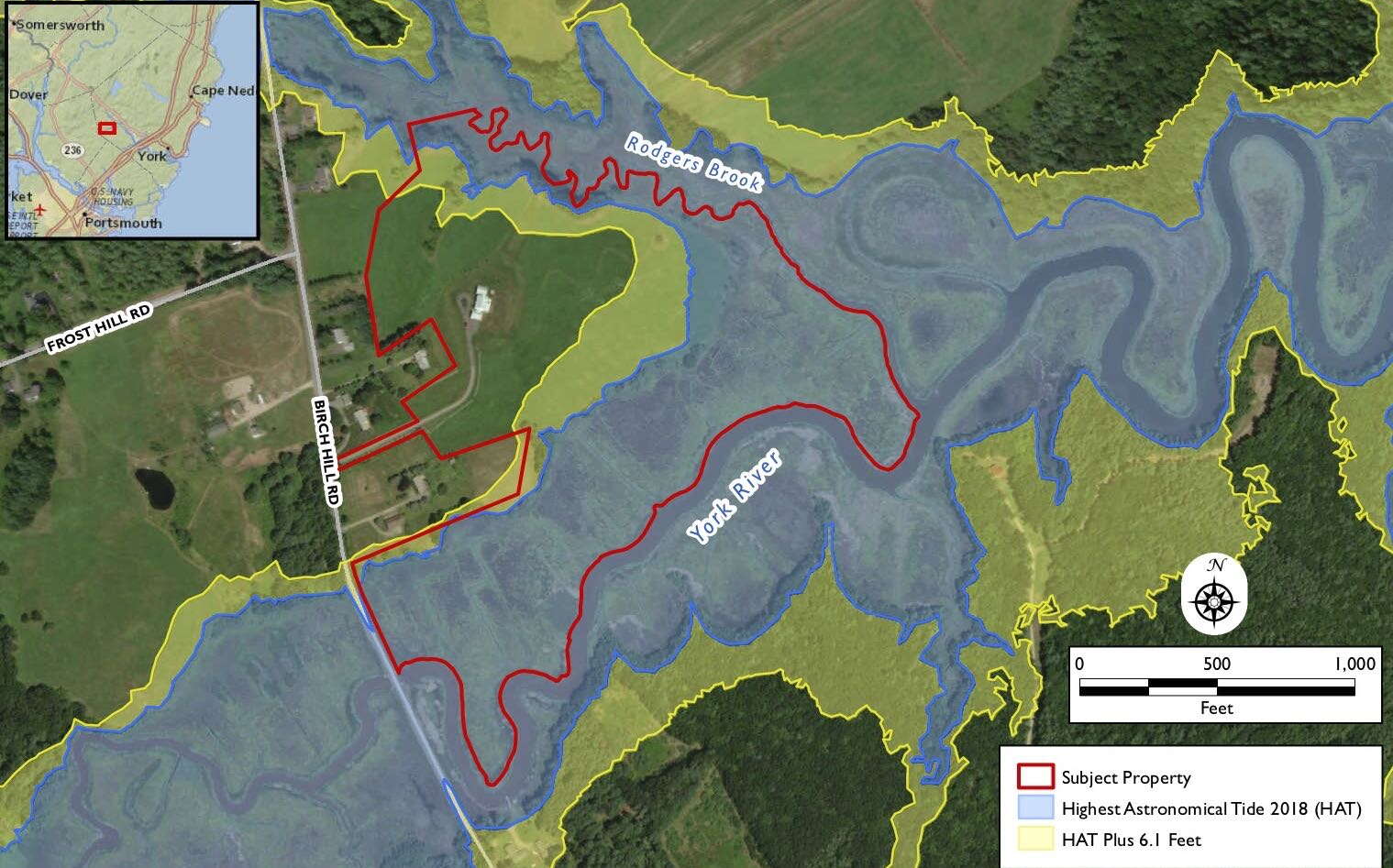
$2M marsh deal on York River considered critical climate-change safeguard
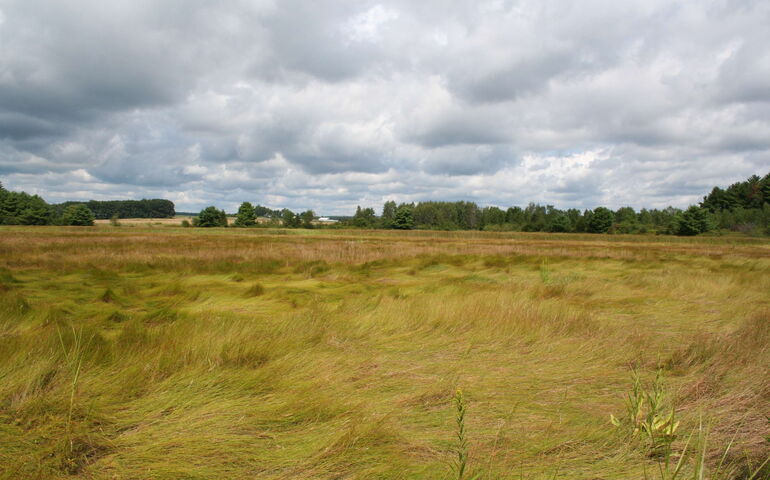 Courtesy / Keith Fletcher, Maine Coast Heritage Trust
A view of the York River Marsh in York.
Courtesy / Keith Fletcher, Maine Coast Heritage Trust
A view of the York River Marsh in York.
York County waterways have been receiving attention from the conservation standpoint in recent years.
“Maine’s North Woods conjure images of unbroken forests and abundant wildlife, but in fact southern Maine hosts the state’s highest species and ecosystem diversity,” Phillip deMaynadier, wildlife diversity section supervisor for the Maine Department of Inland Fisheries & Wildlife, said in a news release.
He continued, “This pattern of bio-geography presents a conservation challenge for biodiversity, since southern Maine is also where we find the highest human population densities, the fastest rates of development and the lowest proportion of protected land.”
In 2022, the York River Marsh was one of seven ecologically significant marshes along the Maine coast identified by a $1 million anonymous gift to the Topsham-based Maine Coast Heritage Trust for acquisition and conservation.
In 2023, the 33-square-mile York River watershed was listed in by the National Park System’s Wild and Scenic Rivers Program, with the goal of helping to protect the southern Maine watershed and lifting its profile as a national tourism destination.
This week, there were two additional developments.
Aa coalition of three conservation organizations announced the acquisition of a 47.5-acre parcel of undeveloped marsh habitat along the upper reaches of the York River, considered a critical safeguard against rising seas and more frequent storms associated with climate change.
And the U.S. Fish and Wildlife Service awarded a $395,000 grant to acquire 81.4 acres in York County on the Salmon Falls River.
Salt marsh
Conservation of 47.5-acre parcel of undeveloped marsh habitat along the upper reaches of the York River is considered a critical safeguard against rising seas and more frequent storms associated with climate change.
The $2 million project includes acquisition of the land by the York Land Trust, Maine Coast Heritage Trust and U.S. Fish and Wildlife Service and implementation of a conservation framework known as “Resist-Accept-Direct,” which is designed to inform land protection efforts in response to sea level rise.

The deal will safeguard scarce wildlife habitat in one of the state’s most densely populated regions, according to a news release.
The parcel consists of 1.3 miles of undeveloped river frontage. It abuts another 37 acres of protected land and is part of a larger conservation initiative that includes habitat and marsh protection.
“As sea levels continue to rise, protecting land adjacent to saltmarshes will allow room for marsh migration inland while also providing a buffer for plants and animals sensitive to human disturbance,” said Karl Stromayer, refuge manager at U.S. Fish and Wildlife Service’s Rachel Carson National Wildlife Refuge.
In Maine, about 25% of land where marsh migration can occur is protected.
York County is Maine’s second most populous county and is projected to see the greatest population growth between now and the end of 2028, according to the Maine Population Outlook 2020-2028.
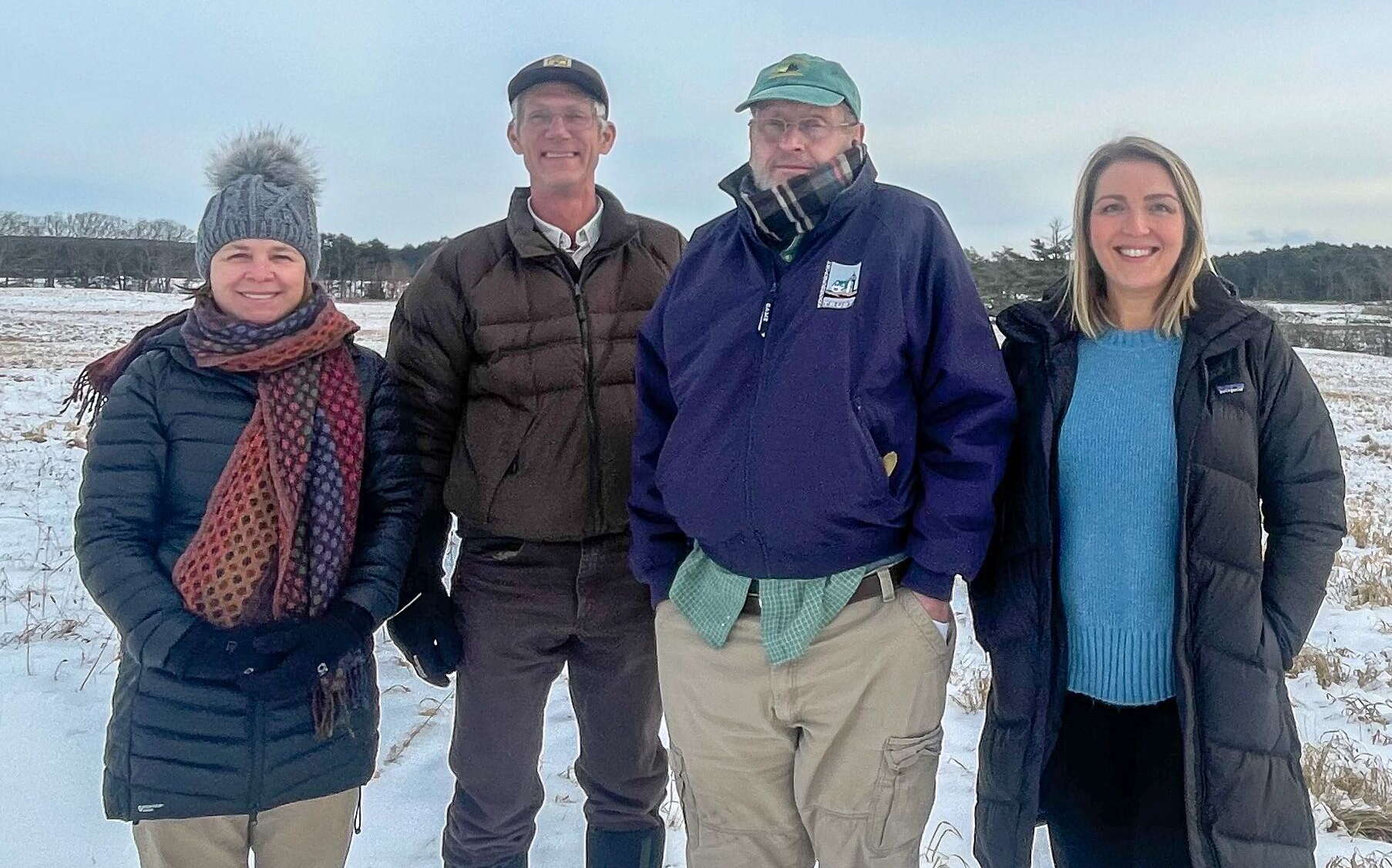
“While the acreage may seem modest, actually a project of this scope is becoming exceedingly rare in York County,” said Amelia Nadilo, executive director of the York Land Trust.
The catalyst for the project was a private landowner who approached the trust to see if there was interest in purchasing the parcel for conservation. The property included a home, which was portioned off and sold. The remaining acreage was added to the Rachel Carson National Wildlife Refuge earlier this month.
The three organizations long considered the acreage a priority for conservation. It is situated within the refuge’s boundary and also within two other related areas — a 48,000-acre conservation area called Mt. Agamenticus to the Sea and an area deemed by the state to be of ecological significance.
With the latest acquisition, the total conserved land in the upper reaches of the York River is almost 400 acres, including critical habitat for endangered and threatened species.
In December 2022, after a 14-year effort, York River was designated by Congress as a Partnership Wild and Scenic River, making it one of 18 rivers in the U.S. to hold the designation.
In addition to providing critical wildlife habitat, saltmarshes are considered important resources in response to climate change because they absorb carbon, break up wave energy and dissipate storm surges.
York River offers rare habitat for shorebirds, wading birds, waterfowl, nearly 30 species of fish, shellfish and other marine life. It is home to the saltmarsh sparrow, a medium-sized songbird with rust-colored wings, orange face and gray plumage that lives in East Coast tidal saltmarshes. Its population is rapidly declining and is listed as endangered in Maine.
The bird is adapted to typical floods during monthly lunar tides and storms, not to prolonged flooding and rising seas.
“Because these birds nest exclusively in tidal marshes, they need upland habitat during storm events and floods, which is exactly what this new conservation win provides,” said Nadilo.
Marsh protection is expected to provide a buffer to flooding and storm surges that are becoming more commonplace, said Jeremy Gabrielson, a senior conservation and community planner with Maine Coast Heritage Trust.
Salmon Falls River
The $395,000 federal grant will allow the Maine Department of Inland Fisheries and Wildlife, in partnership with the Great Works Regional Land Trust, to acquire 81.4 acres in York County on the Salmon Falls River.
The money comes from the U.S. Fish and Wildlife Service’s National Coastal Wetlands Conservation Grant Program.
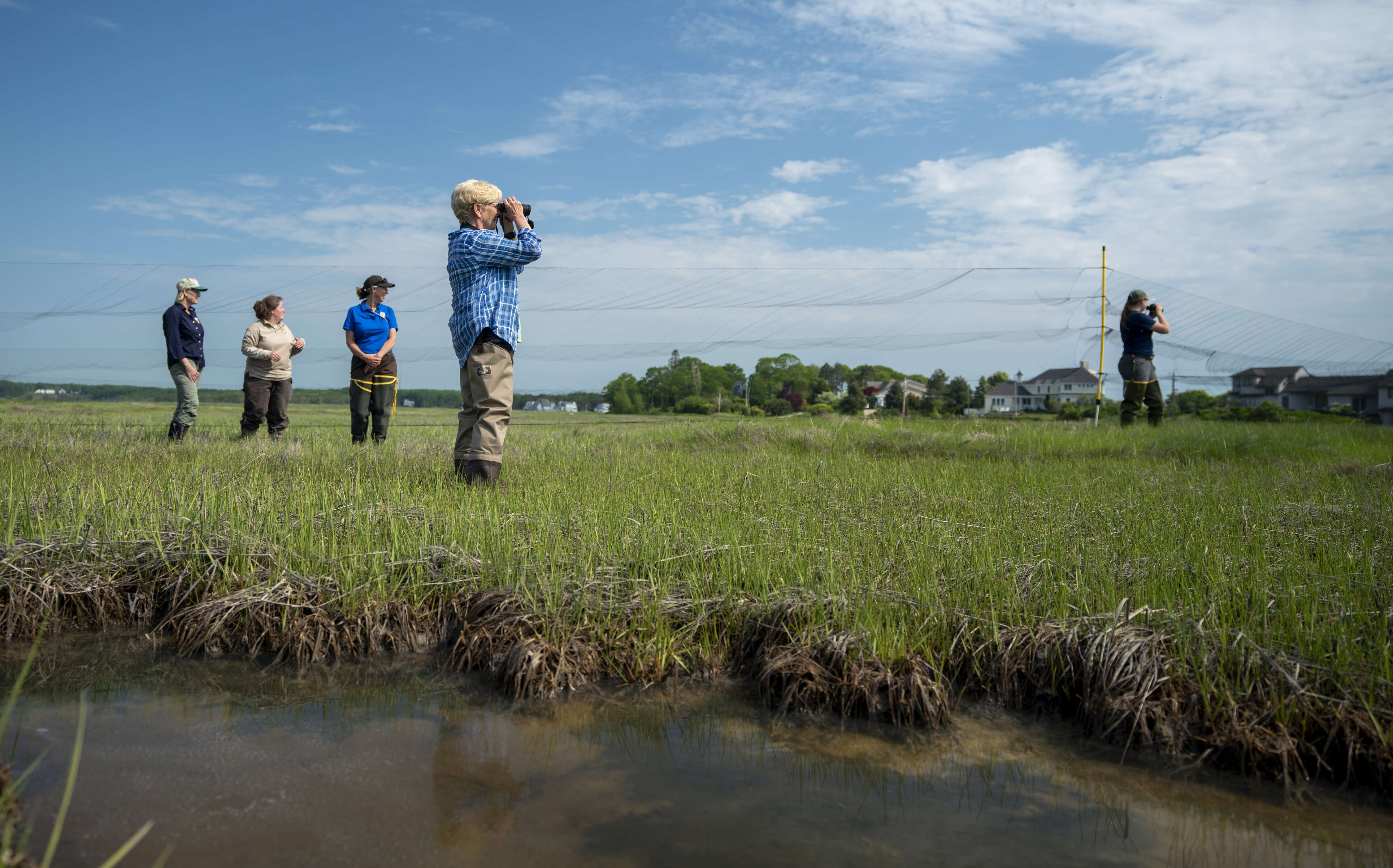
“The Salmon Falls River has great ecological significance to Maine and New Hampshire’s shared coastal estuary, which thousands of residents rely on for clean drinking water,” said U.S. Rep. Chellie Pingree, 1st District. “In the face of increased polluted runoff, developmental pressures, and climate change, protecting and conserving wetlands like the Salmon Falls River is vital to ensuring the health and resilience of our environment and communities.”






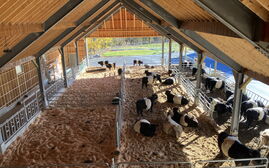
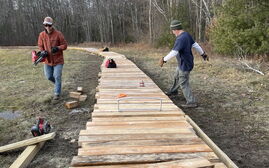
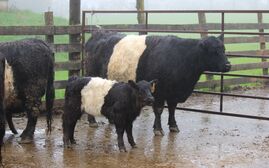





0 Comments